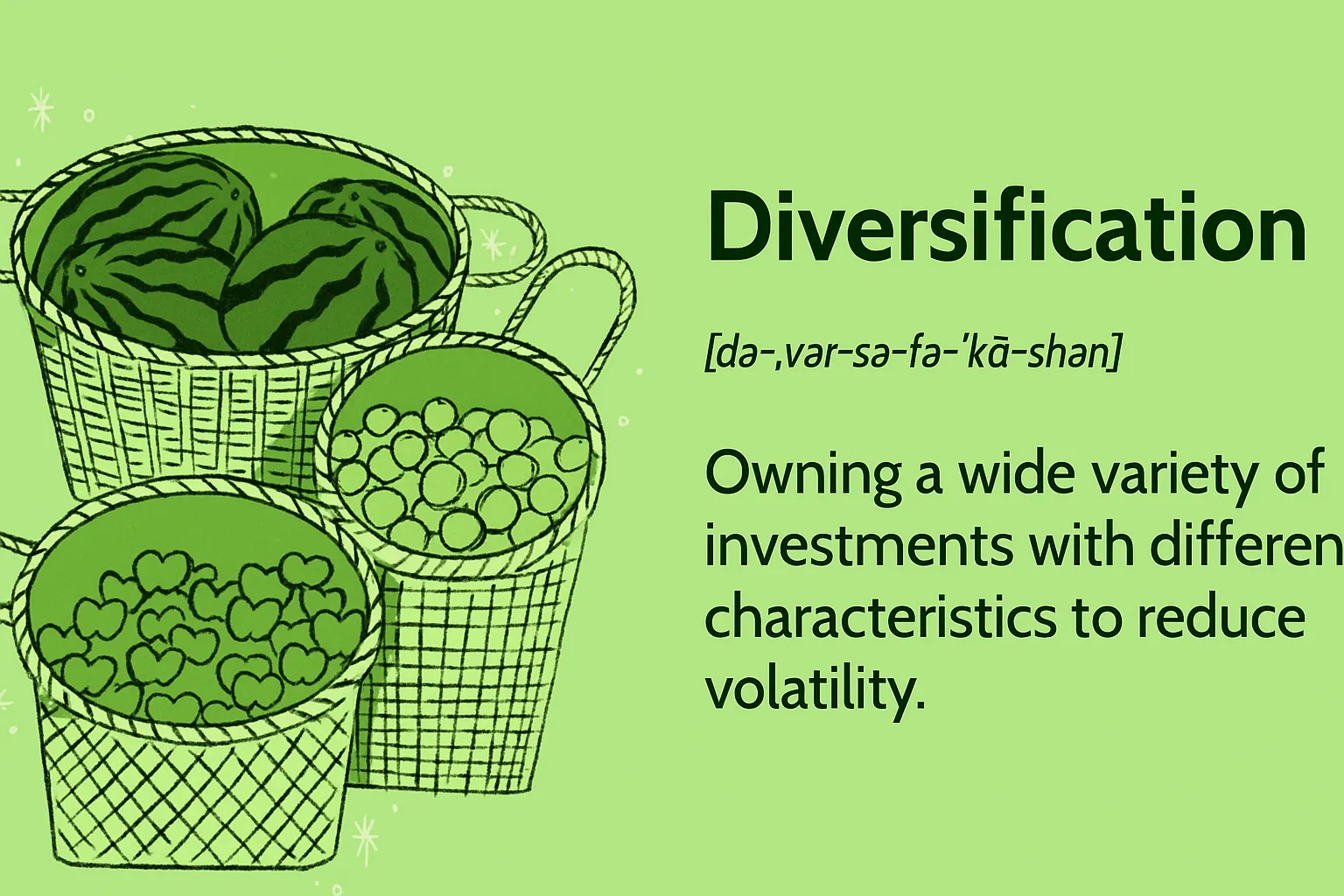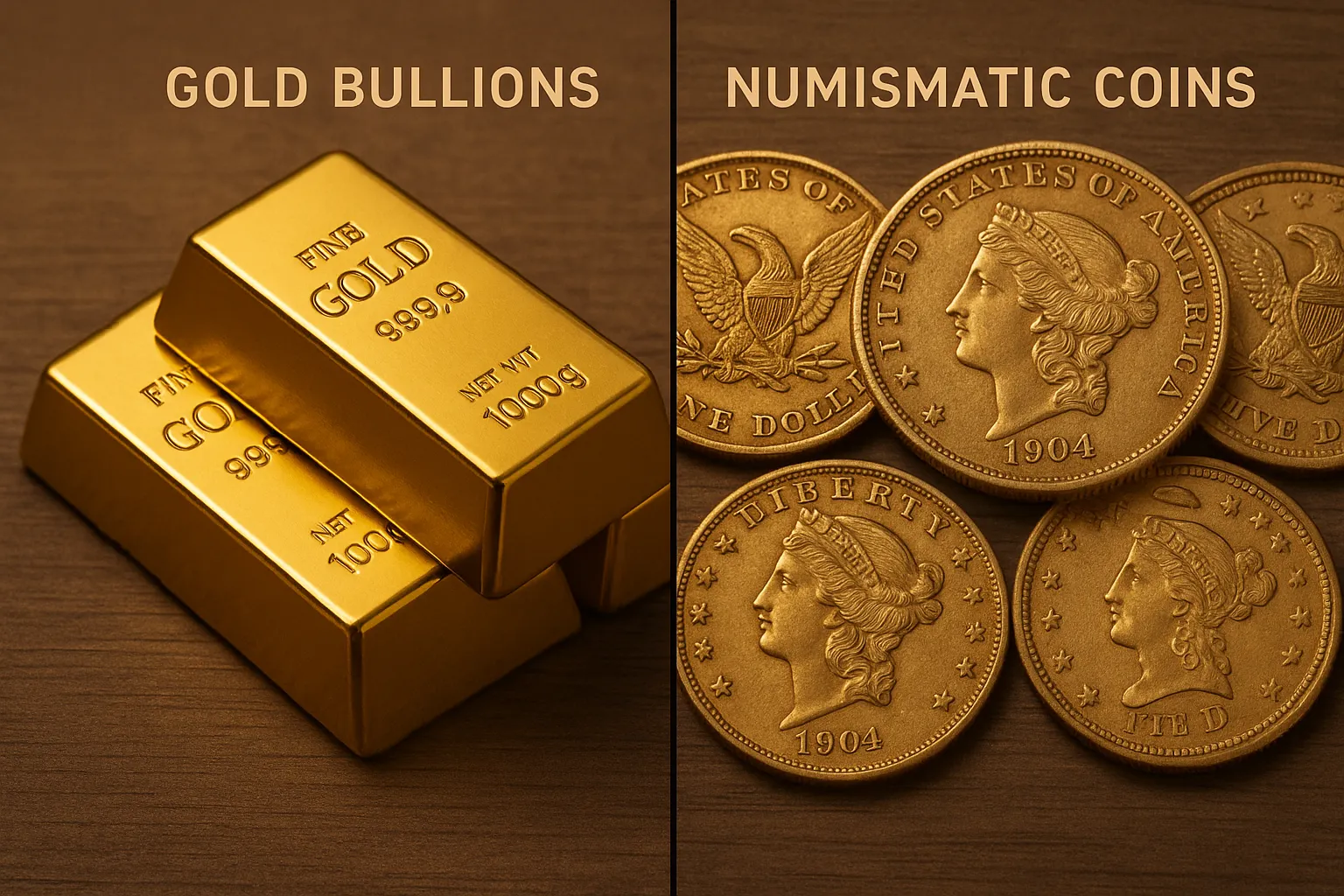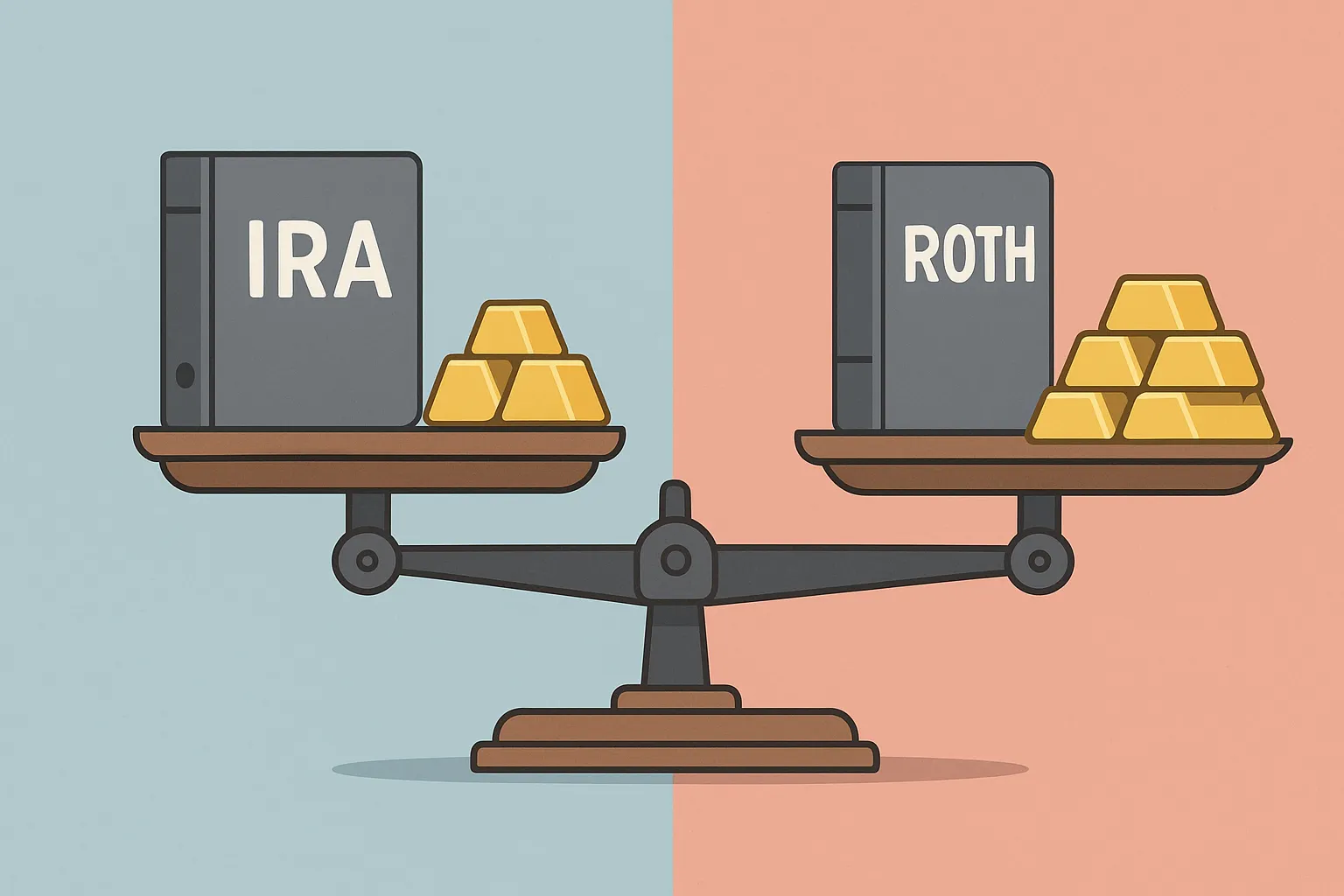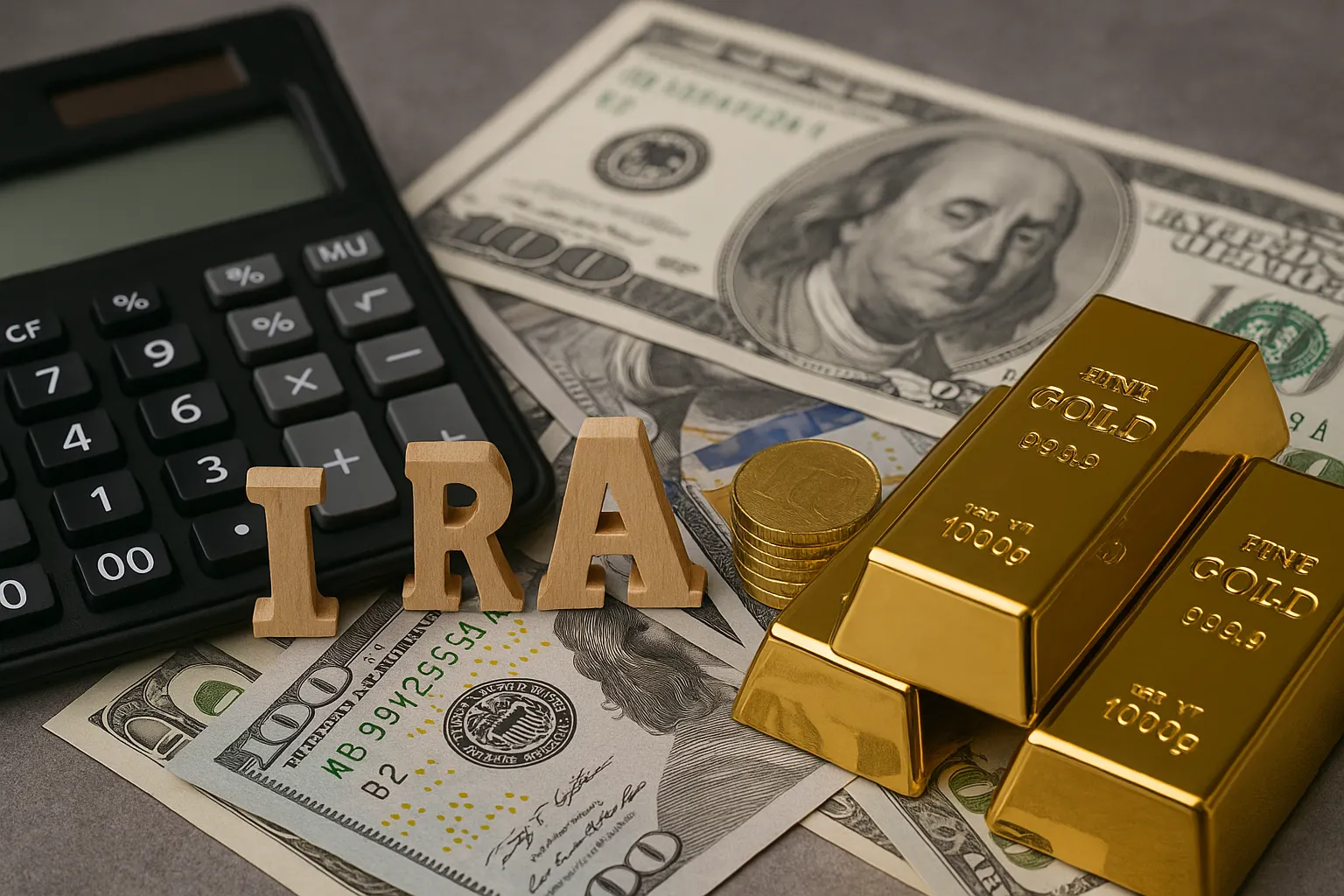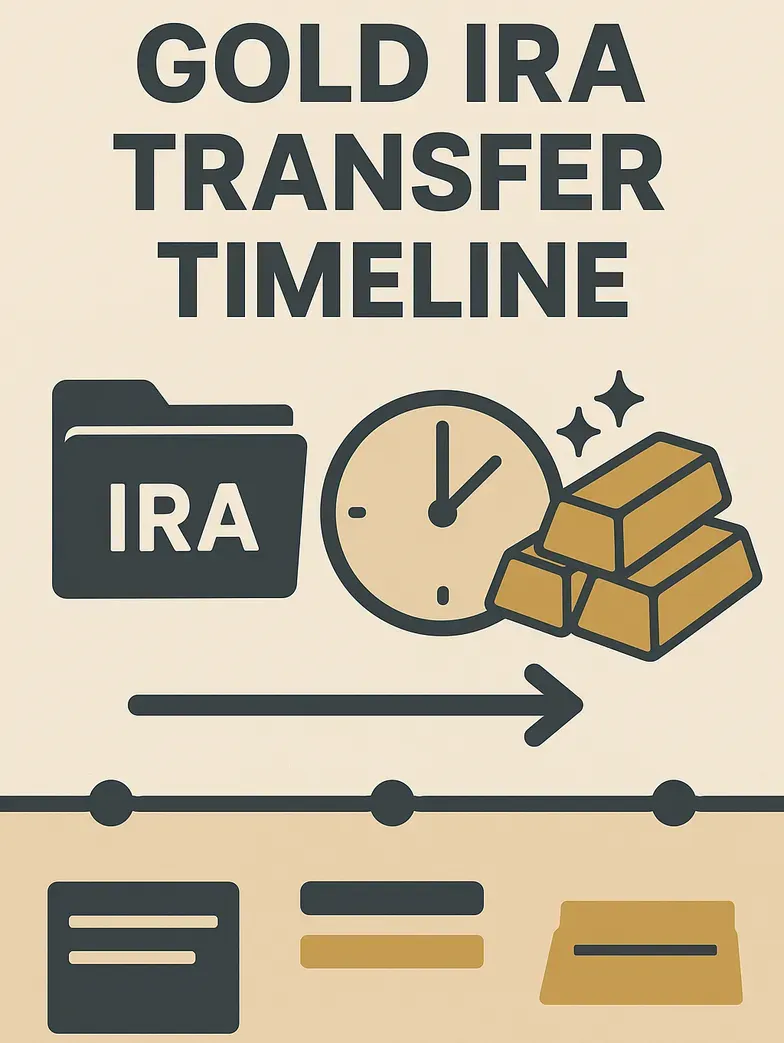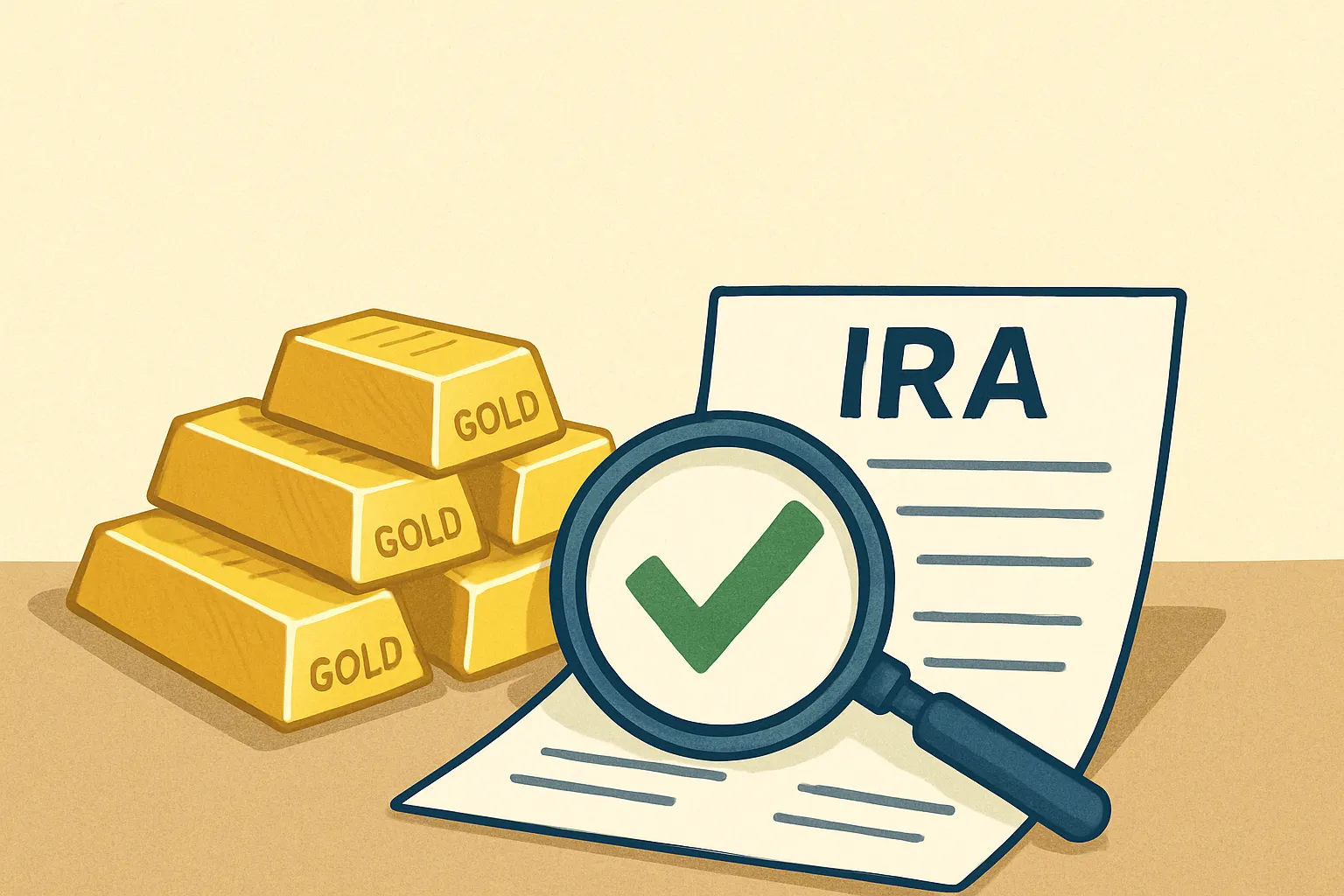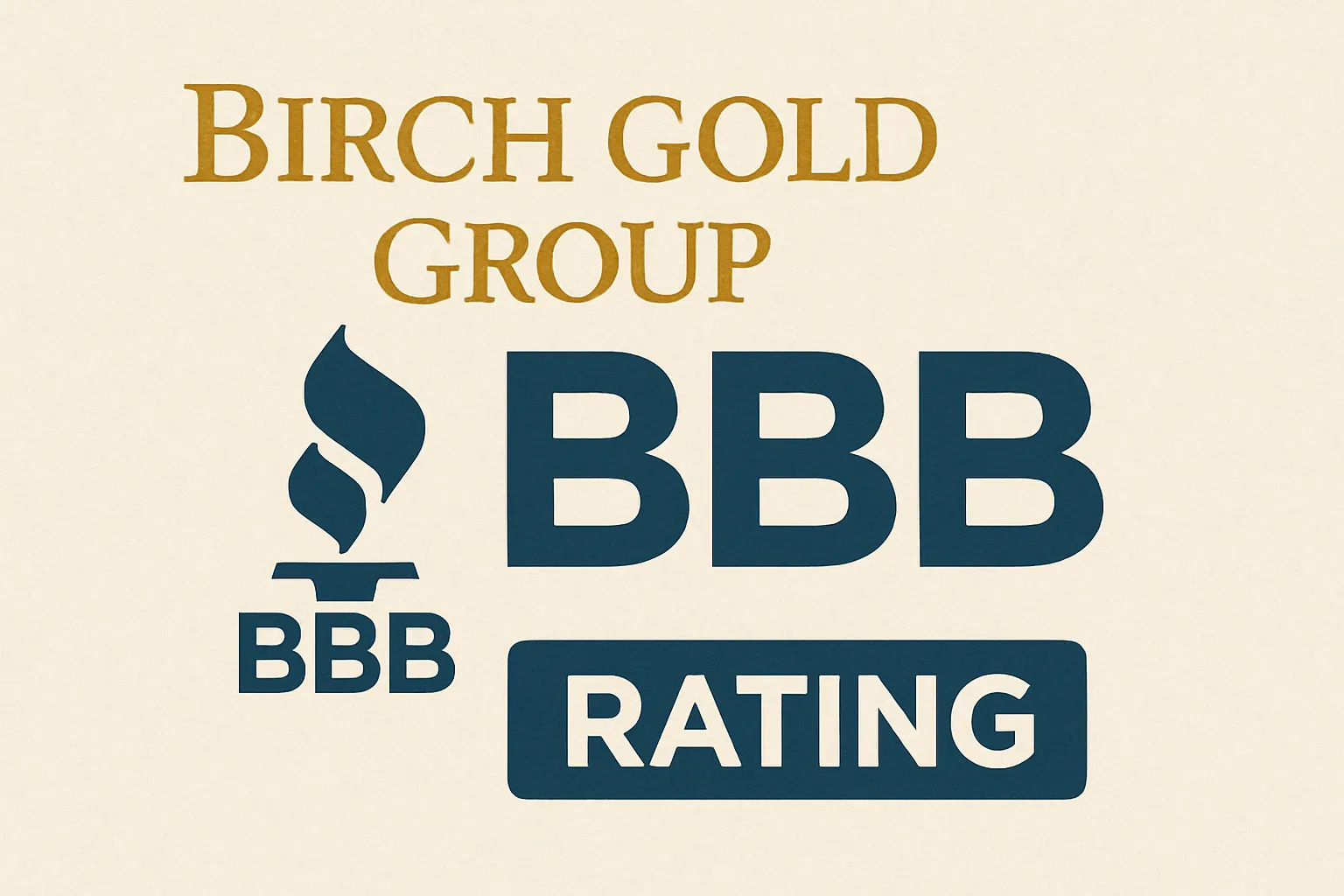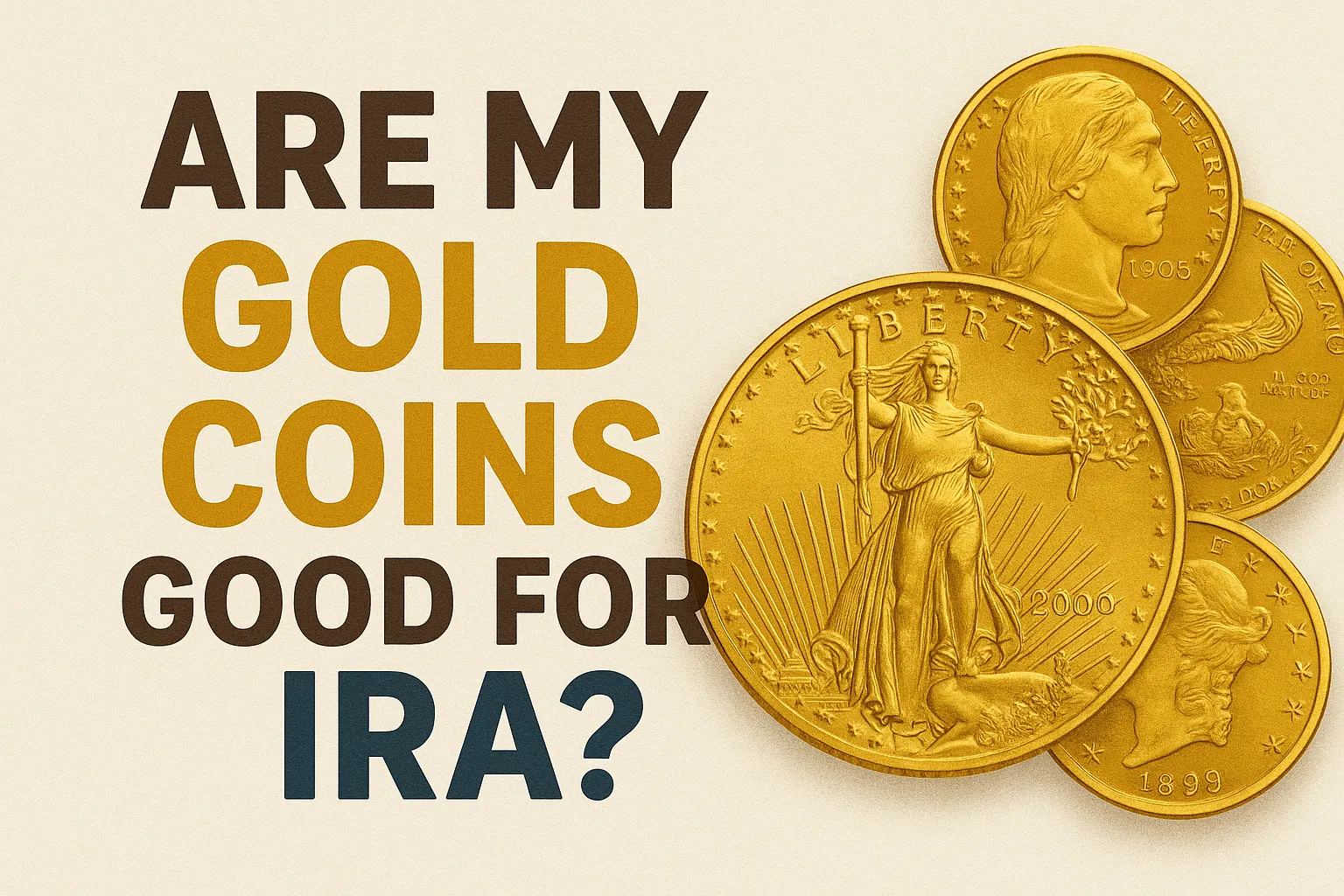Gold as a Safe Haven Asset: The Ultimate Portfolio Shield in 2025
When global markets convulse and economic uncertainty reaches fever pitch, where do the world's smartest money managers turn? The answer lies gleaming in central bank vaults worldwide. Central banks purchased a staggering 1,045 tonnes of gold in 2024, marking their 15th consecutive year as net buyers and reaching levels not seen in over five decades. This institutional stampede toward gold isn't coincidence—it's recognition of an undeniable truth that's held for over 5,000 years.
Gold remains the ultimate safe haven asset, and in 2025's volatile landscape of geopolitical tensions, inflation concerns, and currency debasement fears, its relevance has never been more pronounced.
What Defines a True Safe Haven Asset?
A safe haven asset possesses three critical characteristics that set it apart from ordinary investments:
1. Value retention during market stress - maintains or increases worth when other assets decline
2. Low correlation with traditional markets - moves independently of stocks and bonds
3. Universal acceptance - recognized and valued globally regardless of political boundaries
Gold stands out from other precious metals in how it reacts to uncertain times, with gold prices rising as geopolitical tensions increase while the riskiness of gold as an investment remains unchanged. This unique property makes gold the premier choice for wealth preservation during turbulent periods.
The Five Pillars of Gold's Safe Haven Supremacy
1. Unmatched Crisis Performance
Gold's track record during major financial upheavals reads like a masterclass in defensive investing:
- 2008 Financial Crisis: Gold surged approximately 25%, outperforming equities and many fixed-income assets
- COVID-19 Pandemic: Gold reached an all-time high of $2,075 per ounce, reflecting a 35% year-over-year increase
- Market Crashes: Gold increased in six of the eight largest stock market crashes in the last 40 years, with the S&P 500 falling 56.8% during the 2007-2009 recession while gold prices rose 25.5%
This consistent performance stems from gold's inverse relationship with market volatility—when fear dominates, investors flee to gold's stability.
2. Proven Inflation Protection
Gold's reputation as an inflation hedge isn't marketing hype—it's mathematical reality supported by decades of data.
During the 1970s stagflationary period, amid oil shocks and double-digit inflation, gold prices soared by more than 2,000%. This extraordinary performance occurred precisely when traditional assets like stocks and bonds delivered poor real returns.
More recent data reinforces this relationship: Gold has increased by an average annual rate of 10.6% when price inflation has been running above 5% per year from August 31, 1971 to March 31, 2025.
Key inflation protection benefits:
- Maintains purchasing power as currency values erode
- Performs best during stagflationary periods (slow growth + high inflation)
- Gold's efficacy as an inflation hedge is evidenced by its correlation with the U.S. Consumer Price Index (CPI)
3. Currency Debasement Shield
In an era of unprecedented monetary expansion and rising debt levels, gold provides crucial protection against currency devaluation.
Gold has showcased its ability to hedge against currency debasement by historically maintaining a negative correlation to the US dollar, with rolling one-year correlations averaging negative 0.42 over the past three decades.
This inverse relationship proves especially valuable when:
- Central banks engage in quantitative easing
- Government debt levels reach unsustainable levels
- Currency wars emerge between major economies
4. Portfolio Diversification Powerhouse
Gold's low correlation with traditional assets makes it an exceptional diversification tool:
- Stock Market Independence: Gold has demonstrated a 0.00 monthly correlation to the S&P 500 Index from 8/31/1971 to 3/31/2025
- Bond Market Distinction: Gold shows only 0.09 monthly correlation to the Bloomberg US Aggregate Bond Index
- Risk Reduction: A 5-10% allocation to gold has historically improved risk-adjusted returns for balanced portfolios without significantly reducing long-term performance
Portfolio Benefits Table:

5. Central Bank Validation
Perhaps the most compelling evidence for gold's safe haven status comes from the institutions that understand monetary policy best—central banks themselves.
Record-Breaking Institutional Demand:
- 2024 marked the third consecutive year of central bank purchases above 1,000 tonnes
- According to the World Gold Council's 2024 Central Bank Survey, 81% of central banks expect global gold reserves to increase over the next 12 months—the highest conviction level ever recorded
- Central banks are on track to buy 1,000 metric tons of gold in 2025, which would be their fourth year of massive purchases
Leading Buyers in 2024:
1. Poland: 90 tonnes, bringing total reserves to 448 tonnes (17% of total reserves)
2. India: 73 tonnes year-to-date, with total holdings reaching 876 tonnes
3. China: 44 tonnes reported (likely significantly higher through unreported channels)
This institutional buying spree reflects growing concerns about:
- Western sanctions risks following the freezing of Russian reserves
- Currency debasement through excessive money printing
- Need for reserve diversification away from traditional sovereign debt
Current Market Dynamics and Performance
Gold's 2025 performance validates its safe haven credentials amid challenging conditions:
- Spot gold gained 1% reaching $2,917.79 an ounce amid economic slowdown worries due to tariff wars
- Gold prices are up 29% so far this year after hitting a record high of $3,500 per troy ounce in April
- Goldman Sachs forecasts a 2025 year-end target of $2,300, contingent on sustained inflationary pressures
Market Drivers in 2025:
- Escalating trade tensions and tariff policies
- Geopolitical uncertainty in multiple regions
- Persistent inflation above central bank targets
- Concerns about global debt sustainability
Addressing Gold's Limitations
No asset is perfect, and gold does have limitations that investors should understand:
Interest Rate Sensitivity:
- Historically, gold declines 2% for every 1% rise in real yields
- However, 2025's "higher for longer" rate environment may have limited impact if inflation outpaces rate hikes
Short-Term Volatility:
- Gold prices declined over 30% during the worst of the financial crisis when the hedge was needed most
- In 2022, when stocks and bonds produced double-digit losses, gold fell slightly, closing at $1,824 after opening at $1,829
Time Horizon Considerations:
- While gold might protect against inflation in the very long run, 10 or 20 years is not the very long run
- Gold works best as a strategic, long-term allocation rather than tactical trading
Investment Implementation Strategy
Recommended Allocation Framework
Conservative Portfolios (Low Risk Tolerance):
- 5-8% gold allocation
- Focus on physical gold or established ETFs
- Rebalance annually
Moderate Portfolios (Balanced Approach):
- Financial experts advocate a 12% allocation for moderate-risk portfolios, citing gold's hedge against equity corrections
- Mix of physical gold and gold securities
- Quarterly rebalancing
Aggressive Portfolios (Higher Risk Tolerance):
- Scale exposure from 8% to 15% during periods of heightened VIX readings
- Include gold mining stocks for additional upside
- Dynamic allocation based on market conditions
Investment Vehicle Options
Physical Gold:
- Gold bullion and coins
- Pros: Direct ownership, no counterparty risk
- Cons: Storage costs, insurance needs
Gold ETFs:
- SPDR Gold Shares (GLD), iShares Gold Trust (IAU)
- Pros: Liquidity, low costs, easy trading
- Cons: No physical possession, management fees
Gold Mining Stocks:
- Individual miners or ETFs like VanEck Gold Miners (GDX)
- Pros: Leverage to gold prices, dividend potential
- Cons: Company-specific risks, higher volatility
Gold IRAs:
- Self-directed retirement accounts holding physical gold
- Pros: Tax advantages, retirement planning
- Cons: Annual fees including storage ($100) and custodian costs ($225) totaling $325
Portfolio Integration Best Practices
1. Strategic vs. Tactical Allocation: Gold functions best as a strategic asset allocation rather than a tactical one, as investors who attempt to time entries and exits often underperform those who maintain consistent allocations
2. Rebalancing Discipline: Monitor rebalancing and adjust allocations quarterly based on inflation data and geopolitical developments
3. Cost Management: Consider total ownership costs including storage, insurance, and management fees when selecting investment vehicles
4. Tax Optimization: Utilize tax-advantaged accounts where possible, understanding that physical gold is taxed as a collectible at higher rates
The Future of Gold as Safe Haven
Looking ahead, several structural trends support gold's continued relevance as a safe haven asset:
Macroeconomic Tailwinds:
- Global debt exceeding $300 trillion and persistent inflation above central bank targets make gold an attractive hedge against currency debasement
- Rising tensions between major powers and regional conflicts make gold's physical, borderless nature increasingly attractive
Institutional Momentum:
- Western investors have returned to gold in 2024 after a 5-year absence, driven by emerging portfolio risks including simultaneous weakness in both bonds and equities
- Market experts believe actual purchases significantly exceed reported figures, with China likely acquiring 2-3 times more gold than officially disclosed
Technological Integration:
- Digital gold platforms improving accessibility
- Blockchain-based gold tokens bridging physical and digital assets
- Enhanced transparency in supply chain tracking
Conclusion: Gold's Enduring Safe Haven Legacy
In a world where traditional safe havens face unprecedented challenges—bonds threatened by inflation, the dollar questioned as global reserve currency, and real estate facing affordability crises—gold stands alone as the tested, proven sanctuary for wealth preservation.
Gold keeps its value when the economy is shaky and acts as a shield against inflation and currency changes. The convergence of record central bank buying, persistent geopolitical tensions, and mounting fiscal pressures creates an environment where gold's safe haven properties shine brightest.
For investors seeking to protect their wealth against an uncertain future, the question isn't whether gold belongs in a portfolio—it's how much to allocate and when to start. As central banks position for a fundamental reshaping of the global monetary system through their record 1,045 tonnes purchased in 2024, individual investors can no longer afford to ignore gold's compelling safe haven proposition.
The golden rule of investing has never been clearer: in times of uncertainty, those who hold gold hold the ultimate insurance policy against financial chaos. The world's central banks understand this truth—perhaps it's time individual investors embrace it too.
Disclaimer: This analysis is for educational purposes only and does not constitute financial advice. Gold investments carry risks including price volatility and storage costs. Consult with a qualified financial advisor before making investment decisions.


